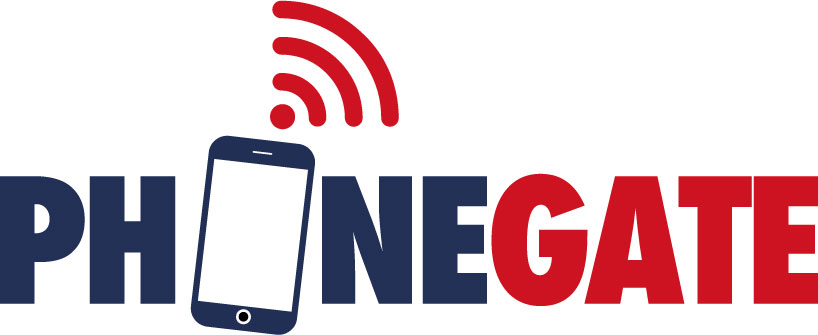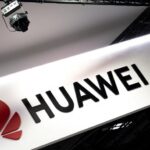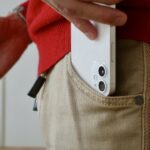Five associations* that participated in the public consultation opened by ANSES on the expert report and the associated opinion published on April 20, 2021 on “Population exposure to electromagnetic fields associated with the deployment of 5G communication technology and the related health effects” have sent an informal appeal to Mr. Roger Genet, Director General of the agency on April 12, 2022.
They intend, by this means, to challenge the decision of the agency to refuse to publish and take into account the comments they filed on this occasion, which has resulted in particular in the irregularity of the expert report and the opinion of ANSES, published on February 17, 2022.
Indeed, contrary to what ANSES stated in its press release, a majority of the comments submitted during the public consultation on the expert report and the associated opinion, including those of our associations, have simply not been published or taken into account.
In doing so, ANSES has, in our opinion, voluntarily decided to privilege certain comments over others, even though our associations have respected the practical modalities of submission initially foreseen by this agency and that our contributions had a particular scientific value.
Thus, of the forty-two contributions that ANSES says it received, fourteen of them, including ours, were excluded and twenty-three came from individuals (nine of them anonymously). And among the five remaining organizations, two come from the telephone industry lobby, the French Telecoms Federation (FFT) and the Mobile Wireless Forum (MWF).
In other words, the bias of ANSES now appears in broad daylight. Moreover, the agency has not hesitated to dismiss the comments of the ART-Fi company, a world specialist in the measurement of cell phone exposure. The latter, in a contribution made public on its site, has sent detailed elements to inform the Expert Committee (CES) of the current limits related to the measurement of exposure of 5G smartphones:
“The measurement of SAR of cell phones for current frequencies below 6 GHz have specificities that are not addressed at all in the report and that we would like to see appear…. This regulatory gap is unacceptable both from the metrological point of view…and from the point of view of compliance.”
The response of ANSES, on these methods, which are arbitrary to say the least, both from a scientific and regulatory point of view, is expected in the coming weeks.
*CRIIREM, Phonegate Alert, ECERI, Robin des toits, Environmental Health Trust






